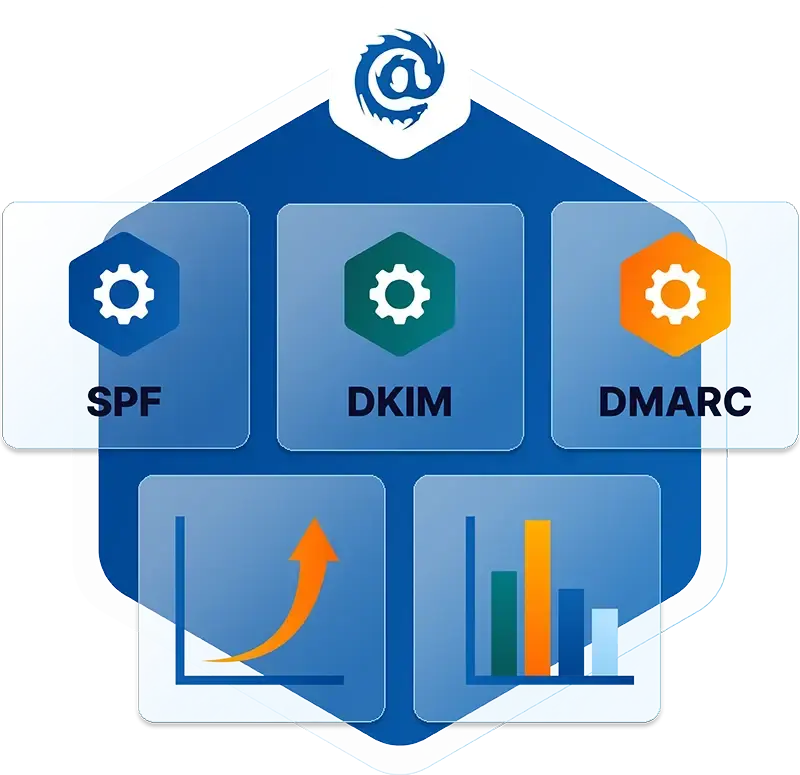Table of Contents
Consent Phishing Explained
Consent phishing relies on the OAuth 2.0 authorization protocol, which enables users to grant applications access to their resources without divulging their passwords. Attackers exploit this process by registering malicious applications with OAuth 2.0 providers, tricking users into believing they are authentic and trustworthy. Through social engineering tactics, attackers persuade users to click on phishing emails or links, leading them to grant excessive permissions to the malicious application.
How Consent Phishing Works
The process of a consent phishing attack typically involves several steps:
- The attacker registers a malicious app with an OAuth 2.0 provider.
- The attacker sends a phishing email or message to the targeted user, prompting them to grant permissions to the malicious app.
- The user clicks on the provided link, leading to an authentic permission request.
Believing the request to be legitimate, the user grants excessive permissions to the malicious app. - The attacker receives an authorization code, which is then redeemed for access tokens, allowing them to access the user's account and data without needing login credentials.
Examples of Consent Phishing
- Fake Document Sharing: An employee receives an email purportedly from their organization's document management system, informing them that a critical document has been shared with them. The email contains a link that directs the employee to a login page, where they are prompted to sign in using their credentials. After entering their credentials, the employee is then presented with a permission request from a seemingly legitimate application, asking for access to their email contacts and calendar. Believing the request to be necessary to view the shared document, the employee grants the permissions, unknowingly providing attackers with access to their email account.
- Account Security Alert: A user receives an email claiming to be from their email service provider, warning them of suspicious activity detected in their account. The email advises the user to review their account settings and grants permissions to a purported security application to enhance account security. Upon clicking the provided link, the user is directed to a legitimate-looking permission request page, where they grant access to their email inbox, contacts, and other sensitive data. In reality, the application is controlled by attackers, who now have unrestricted access to the user's email account.
- Contest Entry Form: A user receives an email informing them that they have won a prize in a contest and must fill out a form to claim their reward. The email contains a link to a form hosted on a seemingly legitimate website, where the user is prompted to log in using their email credentials. Upon logging in, the user is presented with a permission request from an unknown application, requesting access to their email inbox, contacts, and other personal information. Assuming the request is part of the contest entry process, the user grants the permissions, unknowingly compromising their email account to attackers.
In each of these examples, attackers exploit users' trust and familiarity with common online interactions to deceive them into granting excessive permissions to malicious applications. By disguising their intentions behind seemingly legitimate emails and permission requests, attackers can gain unauthorized access to sensitive data and compromise user accounts with ease.
What Role Does Consent Phishing Play in Email Security?
Consent phishing poses a significant threat to email security, as it allows attackers to gain unauthorized access to sensitive email accounts. By exploiting users' trust in seemingly legitimate applications and permission requests, attackers can bypass traditional email security measures and access confidential information.
How to Identify and Protect Against Consent Phishing
To defend against consent phishing attacks, organizations can implement the following measures:
- Utilize AI-based email security solutions to detect and flag suspicious behavior indicative of consent phishing.
- Enforce security posture management to monitor and track permission and configuration changes across cloud environments.
- Configure application consent policies to restrict users from granting permissions to untrusted or high-risk applications.
- Educate employees on recognizing the signs of consent phishing attempts through regular security awareness training.
- Encourage the use of publisher-verified applications and conduct periodic audits of consented permissions to ensure adherence to the principle of least privilege.
IRONSCALES Consent Phishing Prevention
IRONSCALES provides comprehensive email security solutions designed to combat consent phishing and other sophisticated threats. By leveraging advanced AI algorithms and real-time threat intelligence, IRONSCALES enables organizations to detect and mitigate consent phishing attacks effectively. Additionally, IRONSCALES offers robust security awareness training programs to educate employees on recognizing and reporting phishing attempts, strengthening overall email security posture.
Learn more about IRONSCALES advanced anti-phishing platform here. Get a demo of IRONSCALES™ today! https://ironscales.com/get-a-demo/
Explore More Articles
Say goodbye to Phishing, BEC, and QR code attacks. Our Adaptive AI automatically learns and evolves to keep your employees safe from email attacks.

/Concentrix%20Case%20Study.webp?width=568&height=326&name=Concentrix%20Case%20Study.webp)












